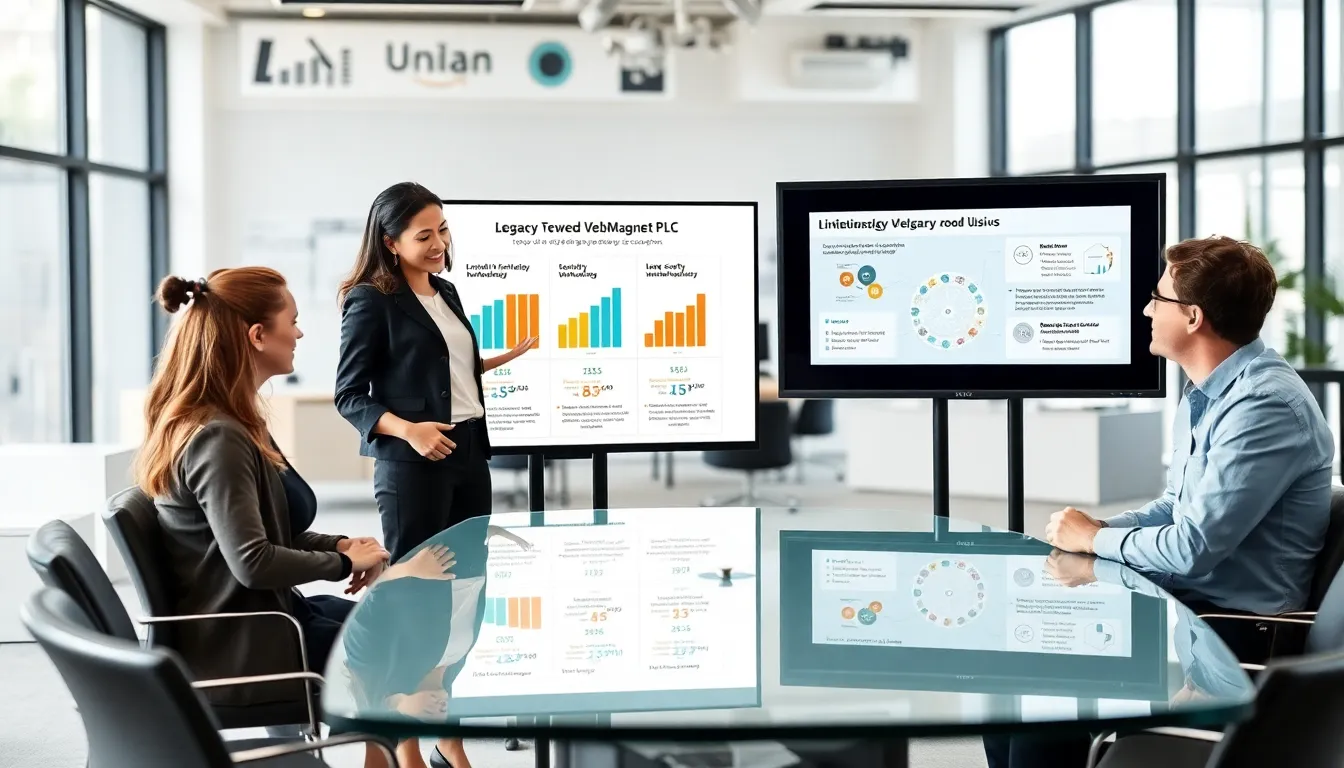Imagine trying to fit a square peg into a round hole while blindfolded. That’s what handling legacy systems often feels like. The world of software is ever-evolving, yet some businesses cling to outdated applications like a toddler holding onto their favorite blankie. But there’s a rescue plan on the horizon: the Retrofit Legacy WebBizMagnet PLC Python Library. This guide will not only illuminate its potential but also explore why modernizing aging systems isn’t just a nice-to-have: it’s an imperative. Buckle up: this journey through retrofitting is about to get exciting.
Table of Contents
ToggleUnderstanding Legacy Systems and Their Limitations

What Is WebBizMagnet PLC?
WebBizMagnet PLC represents a classic example of a legacy system, one that many businesses have relied upon for years. This platform, while functional, is often riddled with inefficiencies and outdated technologies that hinder agility and adaptability. It’s like driving a classic car: it has charm, but it can’t keep up on the fast lane of technological advancements.
Common Challenges with Legacy Systems
Legacy systems often come with a myriad of challenges. For starters, they can be incompatible with modern technologies, forcing teams to use outdated tools that drag down productivity. They also tend to have a steep learning curve, especially for new employees. Security vulnerabilities? Just another cozy blanket these systems wrap around themselves. Maintenance can become a costly affair, requiring specialized knowledge that is increasingly rare as seasoned professionals retire. Essentially, they are a ticking time bomb waiting to disrupt business processes.
Importance of Modernization in Software Development
Overview of the Retrofit Approach
Modernization isn’t solely about smoking-out the bad: it’s about enhancing existing capabilities. The retrofit approach focuses on improving a system’s functionality without the need to discard it entirely. Think of it as giving an old house a fresh coat of paint while keeping the cozy, familiar architecture intact. By integrating modern technologies, businesses can harness the power of their legacy systems while boosting performance and security.
Benefits of Retrofitting Legacy Systems
Retrofitting brings a buffet of advantages. Firstly, businesses can experience improved efficiency without the hefty cost of a complete overhaul. Performance enhancements can help streamline operations, reduce operational costs, and foster a more agile environment. Also, employee satisfaction can spike as they work with tools that adequately support their tasks, nobody wants to be stuck with a clunky system. The emphasis here is clear: modernization is a gateway to future success.
Introducing the Retrofit Legacy WebBizMagnet PLC Python Library
Key Features of the Library
The Retrofit Legacy WebBizMagnet PLC Python Library is designed with a seamless user experience in mind. It allows developers to connect existing applications to modern Python functionalities easily. Key features include support for REST APIs, async capabilities for real-time data processing, and built-in logging and error-handling mechanisms to catch those pesky bugs before they escalate. Also, its modular architecture means the library is adaptable to different business needs.
Installation and Setup Process
Installing the library is a breeze. A simple pip install retrofit-webbizmagnet command does the trick. Users can run the library in an existing Python environment, and the provided documentation offers clear instructions on initial setup. Once configured, users can quickly start leveraging advanced features, allowing teams to get back to what matters most: creating value.
Basic Usage Examples
Integrating with Your Existing Infrastructure
Implementing the Retrofit Legacy WebBizMagnet PLC Python Library allows users to interface directly with the system’s data. For example, one can fetch historical data using the provided API calls, manipulate it using modern Python data handling libraries, and then visualize results through preferred plotting solutions. This integration means not only connecting dots but also breathing fresh life into stale datasets, enabling informative decision-making based on real-time analysis.
Best Practices for Using the Library
Challenges and Solutions in Retrofitting
Even though the advantages, retrofitting comes with its own set of challenges. For instance, ensuring compatibility between old and new tech can be tricky. To tackle this, thorough testing in a sandbox environment is essential before rolling out changes within the live system. Also, proper documentation plays a crucial role. Keeping notes about changes, updates, and configurations safeguards against the mishaps that can occur in digital transformations.
Future-Proofing Your Applications
Modernization doesn’t stop at the retrofitting phase. Regular maintenance and continual learning about emerging technologies are critical to stay ahead in a fast-paced digital environment. Businesses should prioritize training their staff on the latest tools and systems to ensure they can adapt to new challenges swiftly. This proactive mindset transforms technology into a scalable asset rather than a potential liability.




